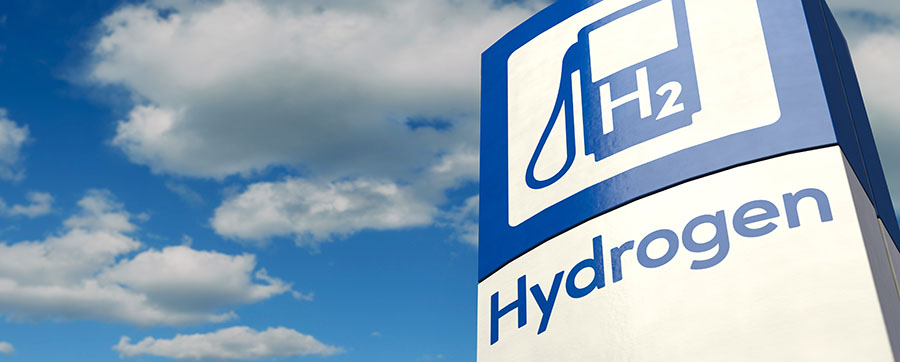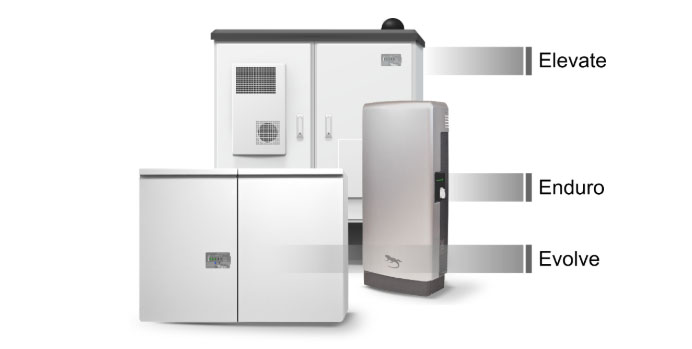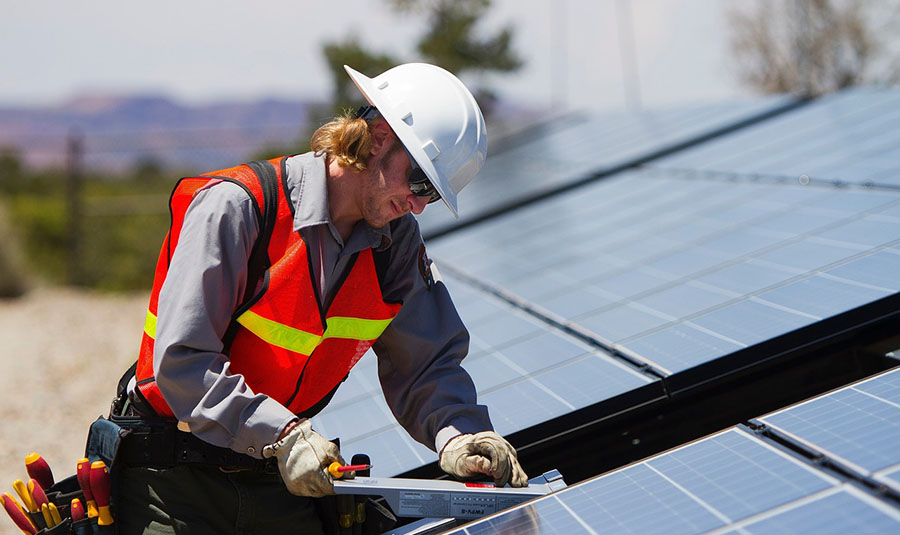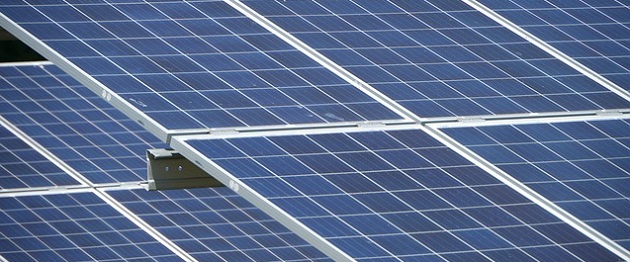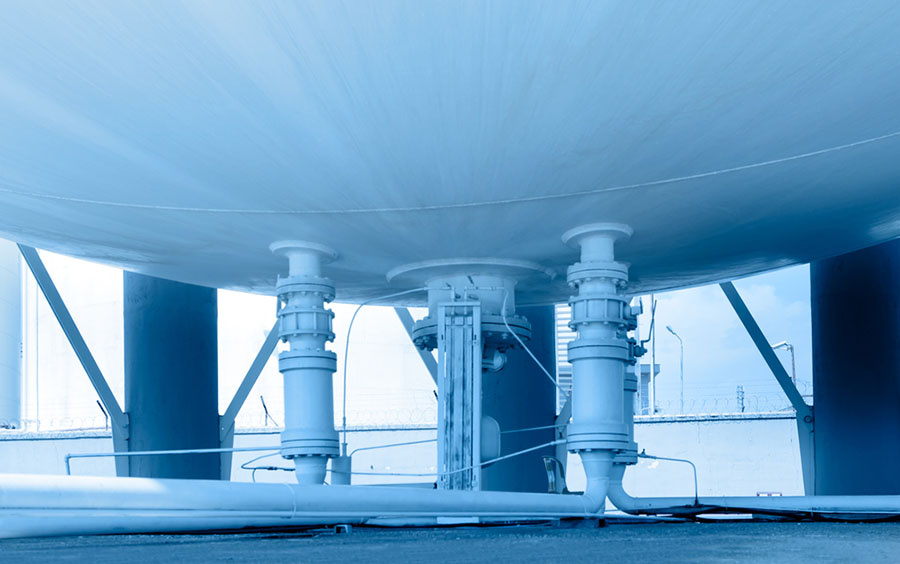
In places where energy supplies face the most pronounced crunch, they need to integrate energy sources in a more seamless manner.
It's a no-brainer and one element in the "new energy balance" that I have discussed over the past year. This balance is less about finding a silver bullet (a breakthrough technology) than about finding a more efficient way to combine existing sources.
As this balance works itself outósculptured by necessity, profit, competition, and innovation -more segmented sources of energy, each satisfying a portion of required demand, will come online. Instead of looking for a replacement for crude oil, we must find a better way to integrate the entire energy spectrum to satisfy this new energy balance.
The most basic part of this is an ability to exchange energy sources, thereby enabling users to offset supply problems or availability considerations by rapidly exchanging sources. Certainly, some bottlenecks will exist in this process, and, in some cases, the balance remains elusive.
But where the process is already underway, there's a great opportunity for investors.
The Transportation Problem Continues
Right now, there are no genuine ways to transition from one fuel source for cars and trucks to another.
Natural gas is beginning to replace gasoline and diesel as the fuel for higher-end trucking fleets throughout North America. As liquefied natural gas (LNG) and compressed natural gas (CNG) are introduced for heavy trucks, and more metropolitan area busing lines opt for CNG rather than oil products, there is clear indication that the move has commenced.
Recently, proposals advanced for the implementation of LNG and CNG to fuel train traffic. But moving these into mainstream personal transportation still seems a stretch. While one could go into auto dealerships in several European countries and find several natural gas-run vehicles from which to choose, in the U.S. you usually don't have any.
Hybrid vehicles, on the other hand, are another matter. These combine using gasoline and electricity and have begun to widen their market. Even the straight electric car is casting a larger shadow on the industry. But hybrid is the first "exchange mechanism" emerging in private transport.
It just so happens that a "hybrid" approach may well work in other segments of energy as well.
After all, for years there have been co-fueled generating plants. These are designed to allow the use of both coal and natural gas in the production of electricity. In addition, diesel engines regularly serve as backup power providers to other primary energy sources.
However, while examples of the multiple applications approach essential in the development of the energy balance, these also have limited applicability. Each considers only one segment and emphasizes traditional energy transfers.
Co-fueled facilities are coming under pressure as coal gives away more ground to gas as a stand-alone fuel for electricity. Meanwhile, the utilization of one energy as a power "backup" to another is really not an example of an energy balance development at all. Rather, it is more a provision of standby power to be used only in an emergency.
As a result, when approaches emerge that do seek as their primary emphasis to integrate across energy lines, one should take notice. That is exactly what is being proposed in India with renewables.
Information emerged this week that the research and development (R&D) unit at Indian major Bharat Heavy Electricals Ltd (BHEL) has had success in the early stages of a different kind of hybrid.
This one is integrating wind and solar power generation.
An Emphasis on Electricity Generation
The idea is to develop the kind of seamless approach required of an energy balance providing both efficiency of energy usage and reliability of product. Wind and solar are directed toward the same end use (electricity generation) and have the same kinds of problems when it comes to efficiency.
For example, both harvest in direct current but must transfer that into alternating current to move it onto the grid. Then again, both share with other electricity providers the problem of being unable to store the power generated. It is either used or lost.
Given similar problems faced, establishing the ability to transfer from one renewable energy to the other likewise provides opportunities to develop equipment, inverter technology (to provide for the DC-to-AC conversion required by each), and even nanotechnology-based advances for wind blades and solar cells.
BHEL then followed up with another enticing move. This one intends to "hybrid" the wind-solar initiatives with company activities in bio fuels. The objective is nothing less than the emergence of an integrative energy approach spanning three separate renewable sources.
As each new step unfolds, energy integration will spawn new lines of business, and create requirements up and down the value chain, from production through transport and distribution.
Advances like these are going to make the energy balance an interesting and profitable story to follow.
Kent Moors
Oil & Energy Investor


